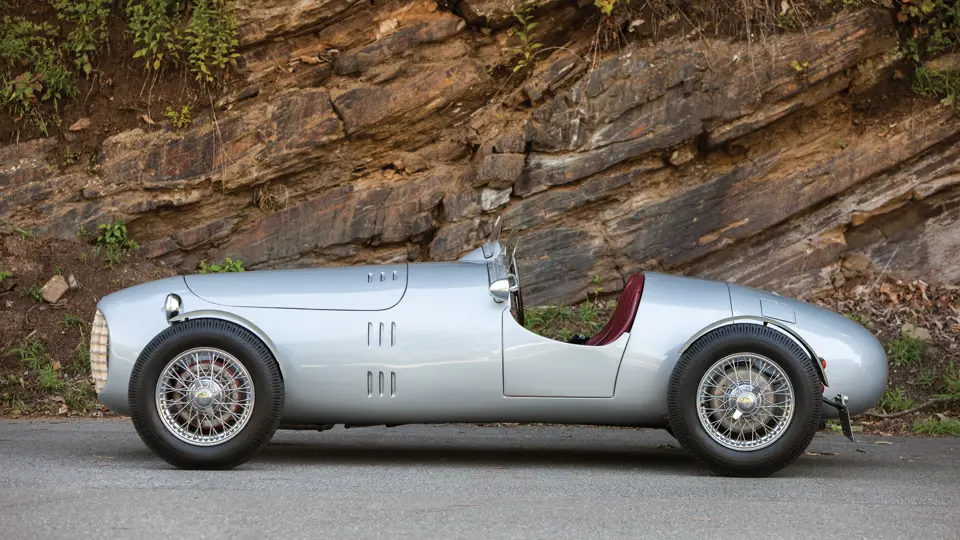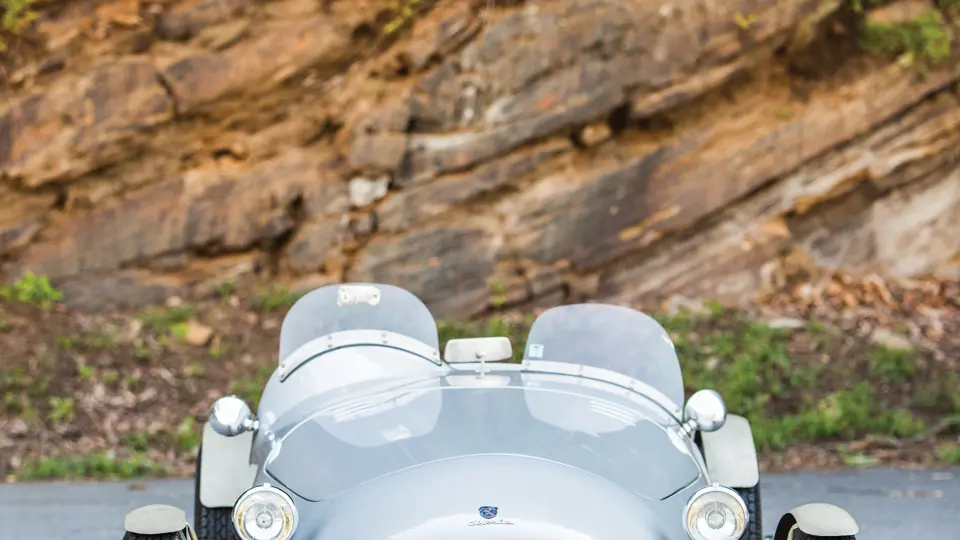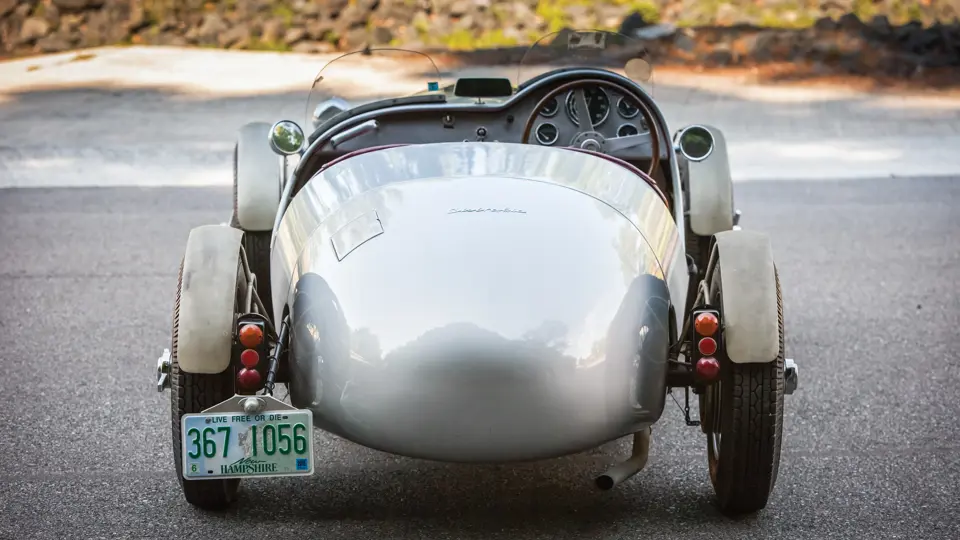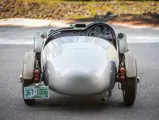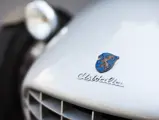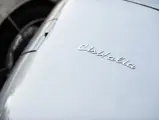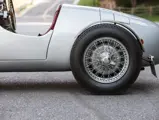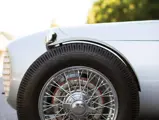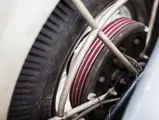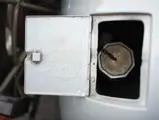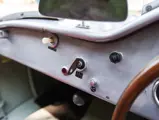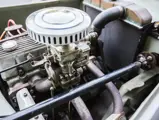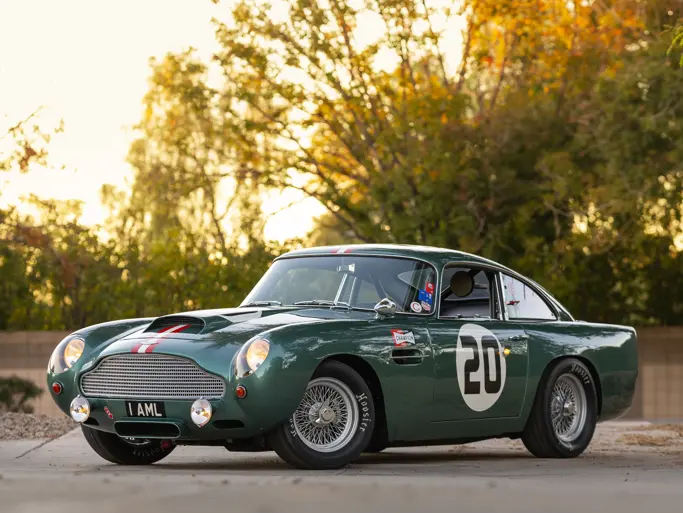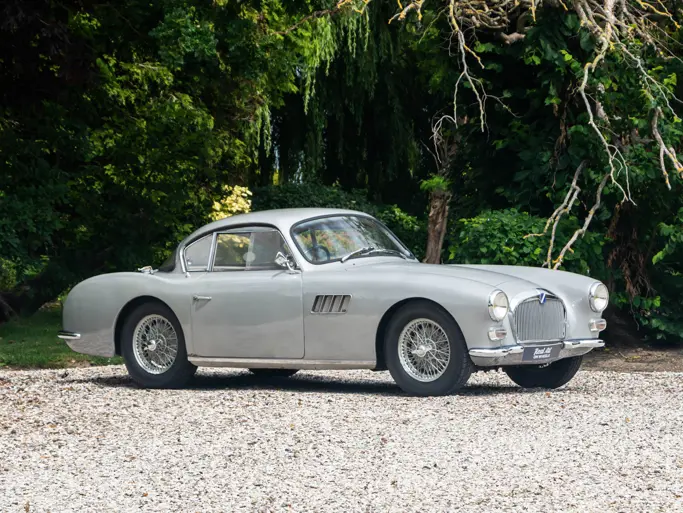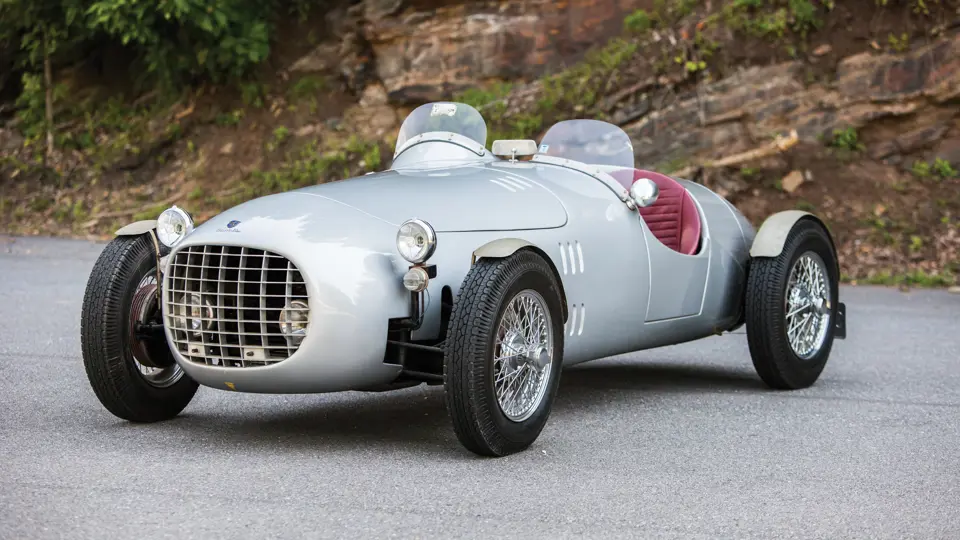
1948 Cistitalia-Fiat Speciale
{{lr.item.text}}
$77,000 USD | Sold
{{bidding.lot.reserveStatusFormatted}}
- A fascinating, attractive, and peppy period “Special”
- Powered by a Fiat 1100 engine with an original, rare Cisitalia head
- Period aluminum-built two-seater body and original Ferrari-style riveted gas tank
- Correct, period speed equipment throughout
Est. 80 bhp, 1,100 cc OHV Fiat four-cylinder engine with a Cisitalia cylinder head, four-speed Fiat manual transmission, transverse semi-elliptical leaf-spring front suspension with hydraulic dampers, live-axle rear suspension with semi-elliptical leaf springs and friction dampers, and four-wheel Fiat drum brakes. Wheelbase: 80.7 in.
Throughout the 1930s, Turinese textile industrialist Piero Dusio indulged his passion for motorsport. After winning his class on the 1937 Mille Miglia, he began to explore the possibilities of building his own racing cars. In 1946, the D46 single-seater appeared, built using readily available Fiat mechanicals within a tubular steel space-frame chassis crafted at Cisitalia’s bicycle factory. The lightweight car swept all before it in the hands of Dusio and some of the greatest names of the day, such as Clemente Biondetti, Piero Taruffi, and Raymond Sommer.
However, financial troubles in the 1940s resulted in Cisitalia relocating to Argentina. It is believed that the car offered here was built there to a fine standard during that time period, utilizing what appears to be an original Cisitalia chassis tag and Cisitalia D46 rear frame and suspension. Documentation on file indicates that the car was raced in Venezuela as early as the 1950s and as late as the 1970s. While it is believed to have been originally powered by a 750-cubic centimeter or 850-cubic centimeter Fiat motor, it later ran with a T-series MG engine and transmission.
The car is presently powered by a Fiat 1100 engine fitted with a rare original Cisitalia head, sending its power back through a Fiat-based gearbox and exhaling through a straight exhaust; period Fiat truck brakes were adapted to handle the power. This is mounted on a tubular chassis, typical of the period, with a handsome cycle-fendered aluminum body reminiscent of Bandini. Lending credence to the car being of period construction, the Jaeger and N. Sacma instruments are correct, as are such details as the wiring harness and brake reservoir. Headlights, tastefully hidden inside the grille, and small turn signals made the car road-legal for various historic rallies. The interior is surprisingly roomy for an enthusiast couple.
Charming and dramatic in equal measure, this entertaining period sports car would be a thrill for the enthusiast to drive—and certainly the most unique automobile on any rally in which it participates.





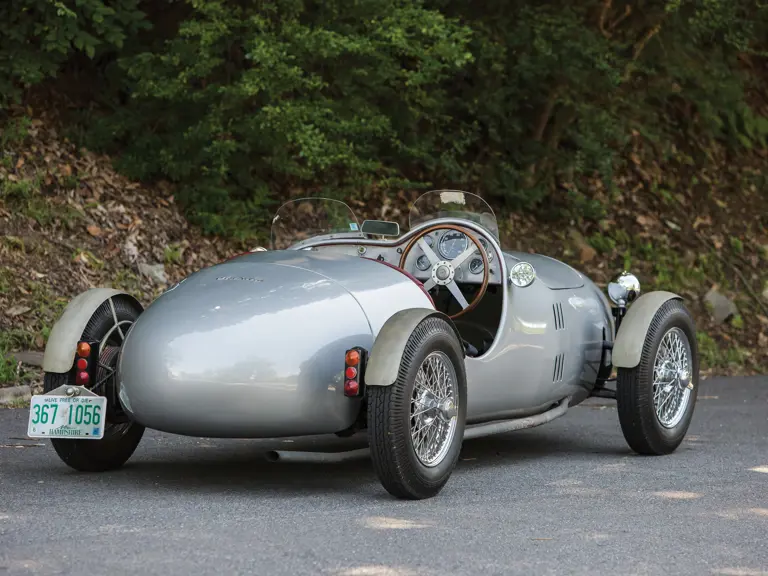

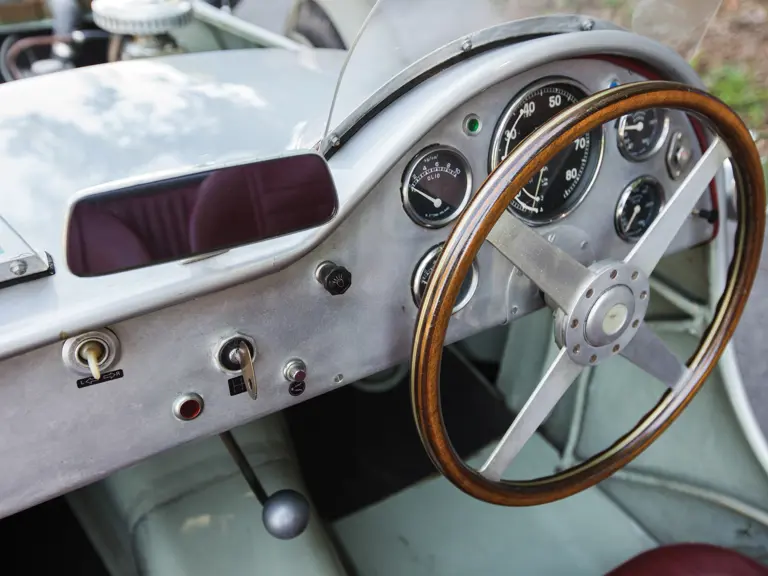
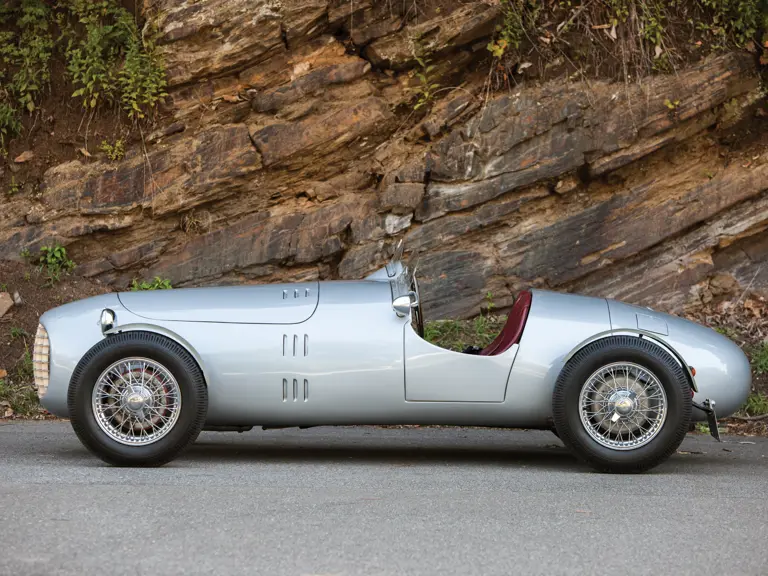

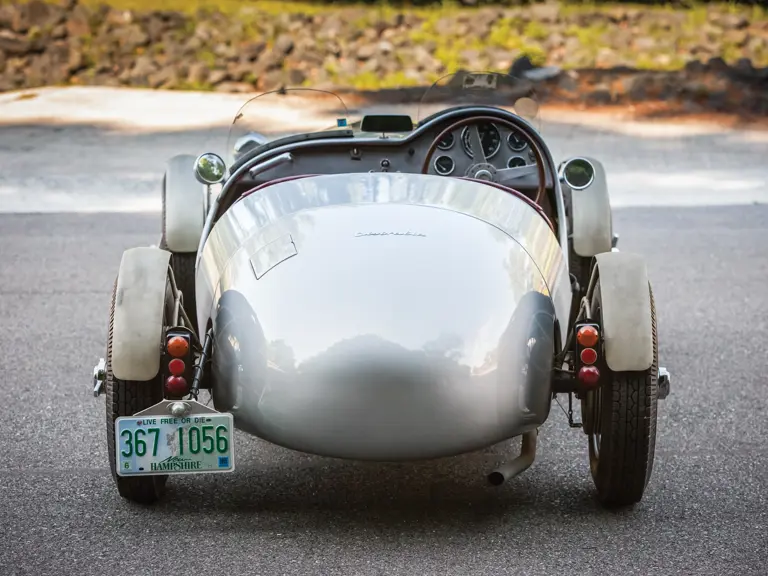
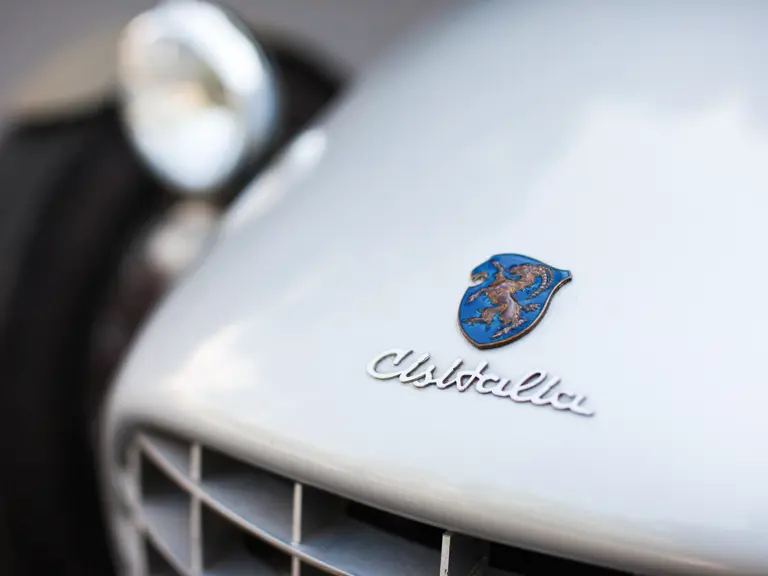
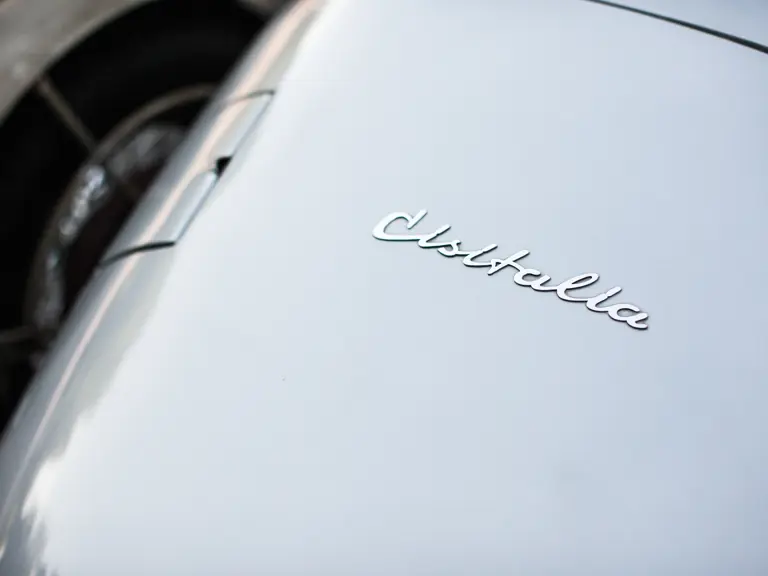

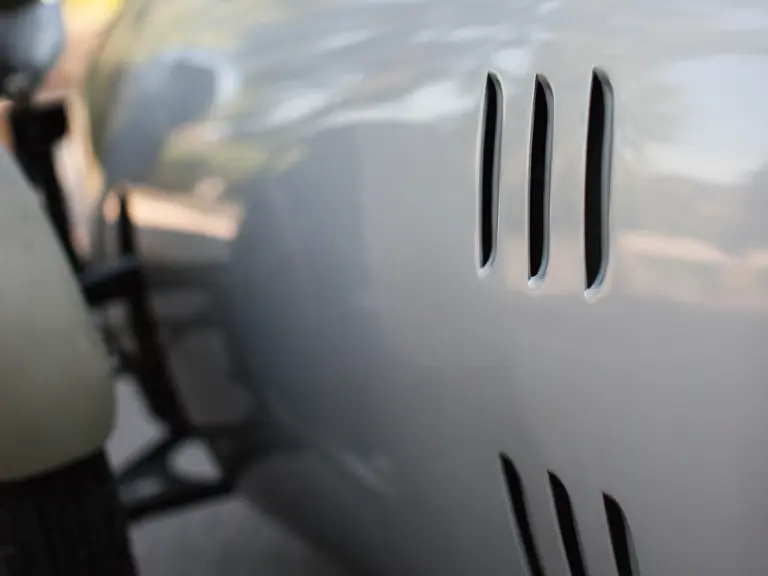
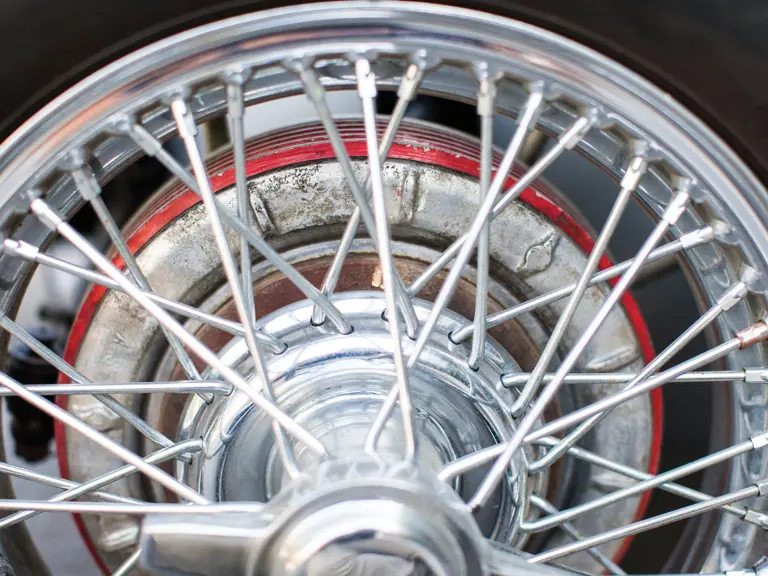
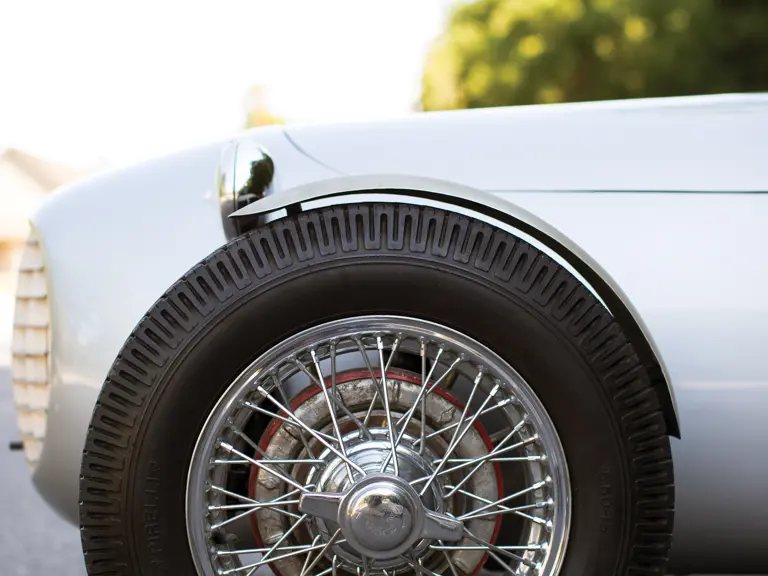


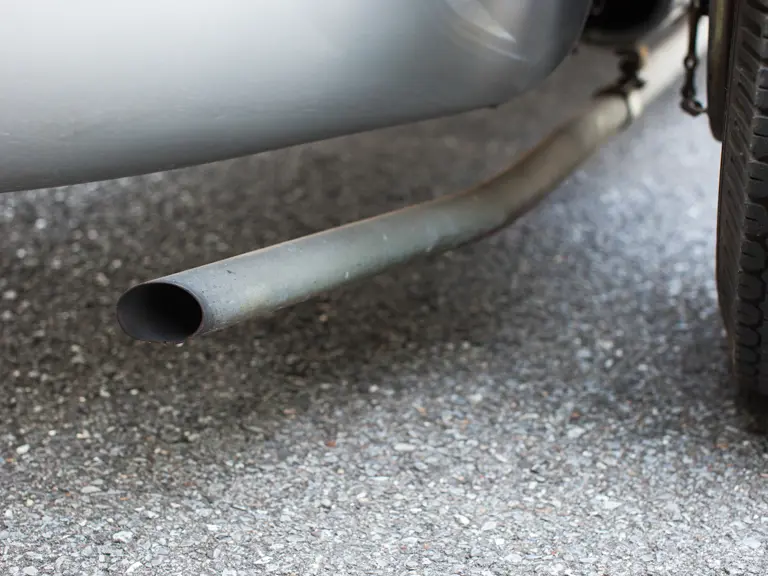
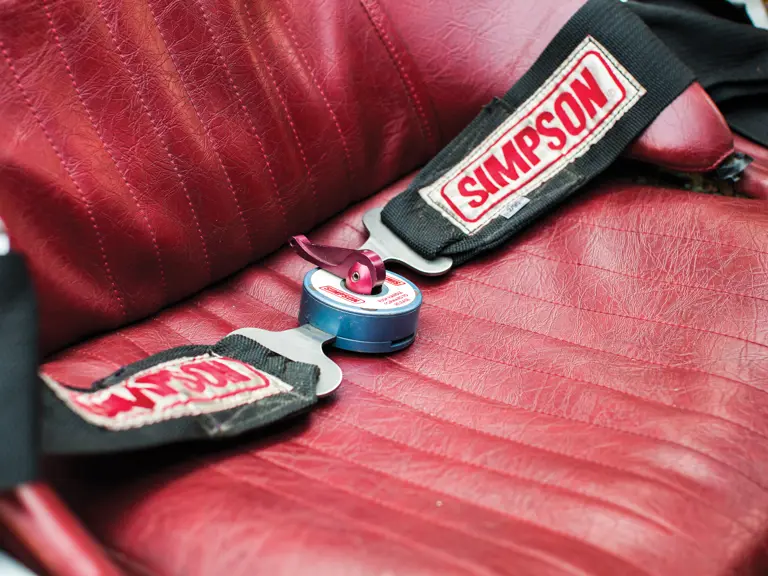
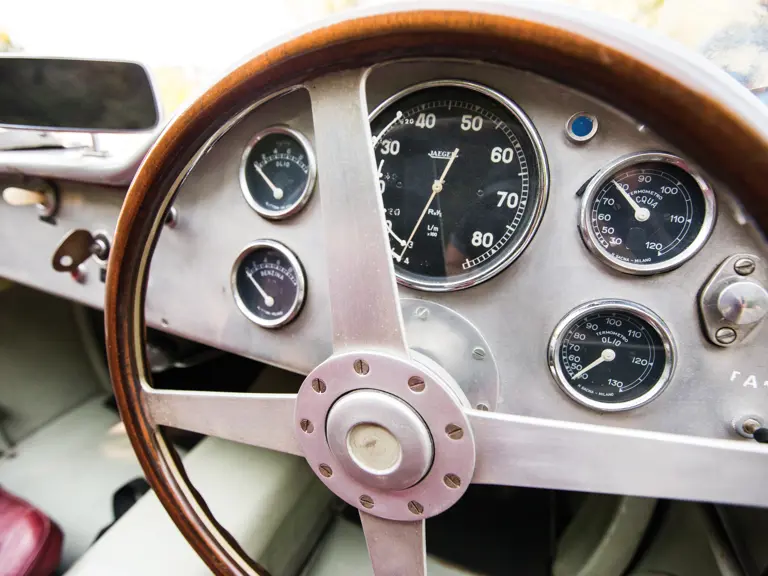
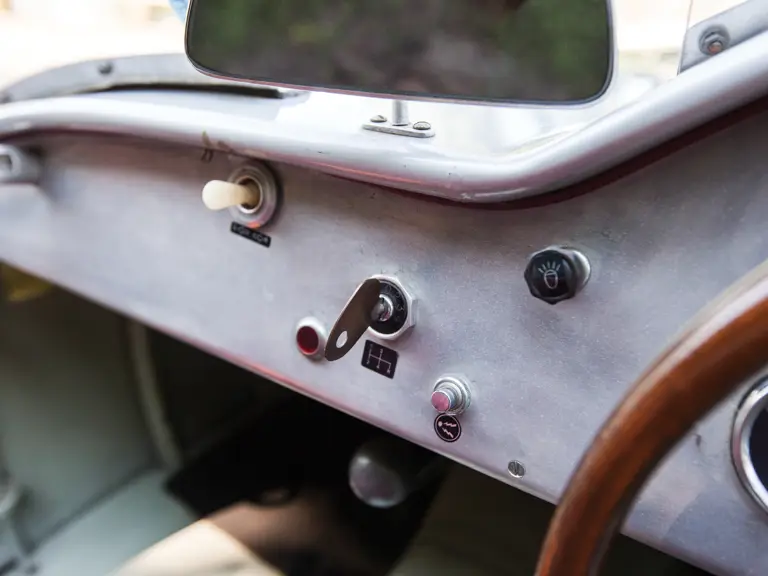
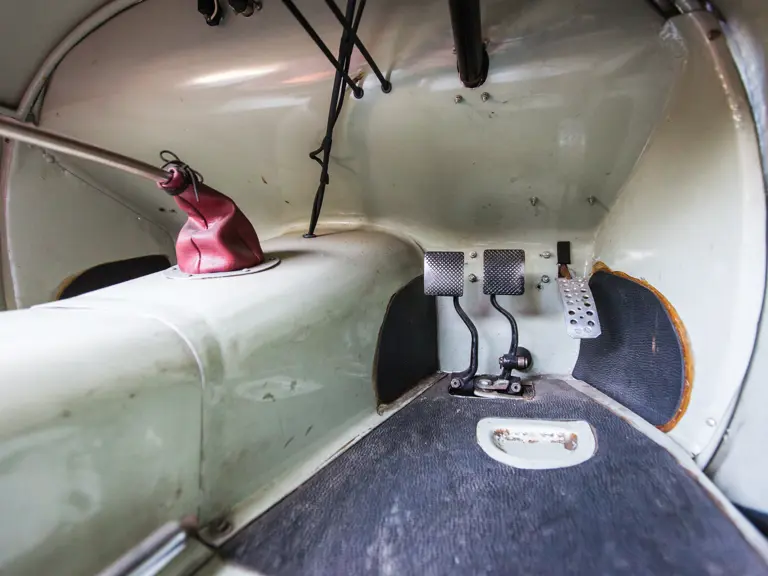
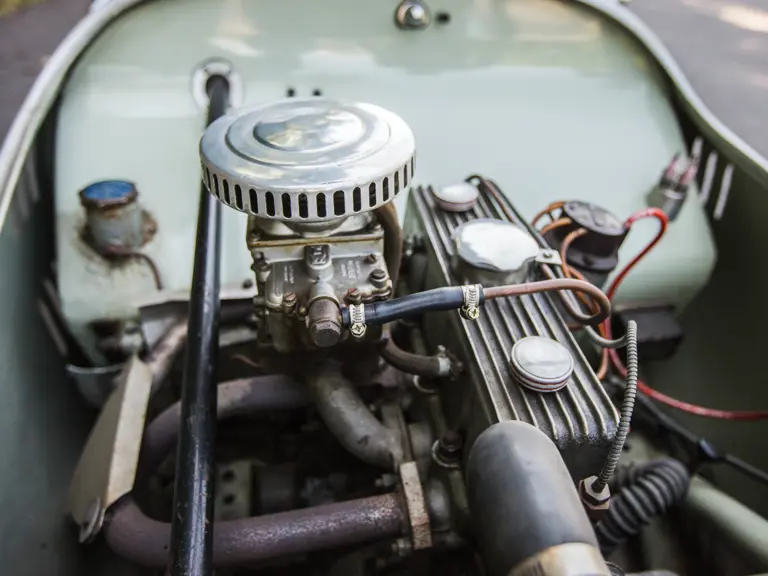
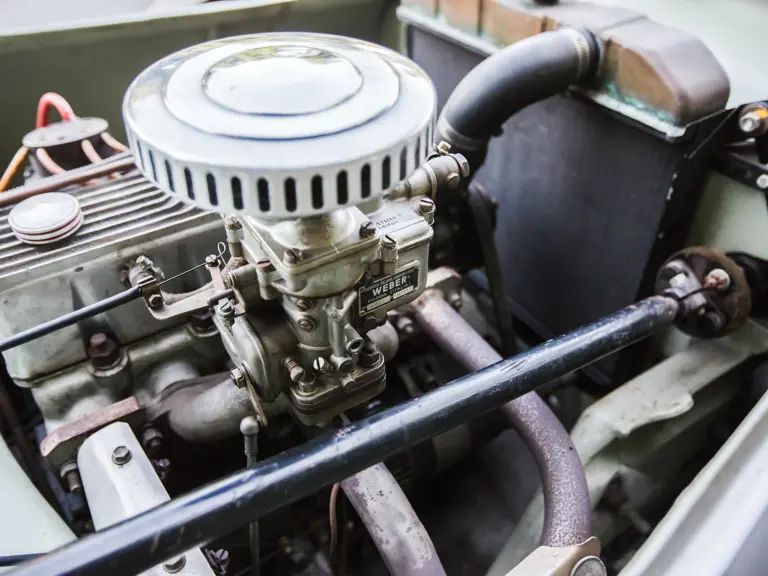
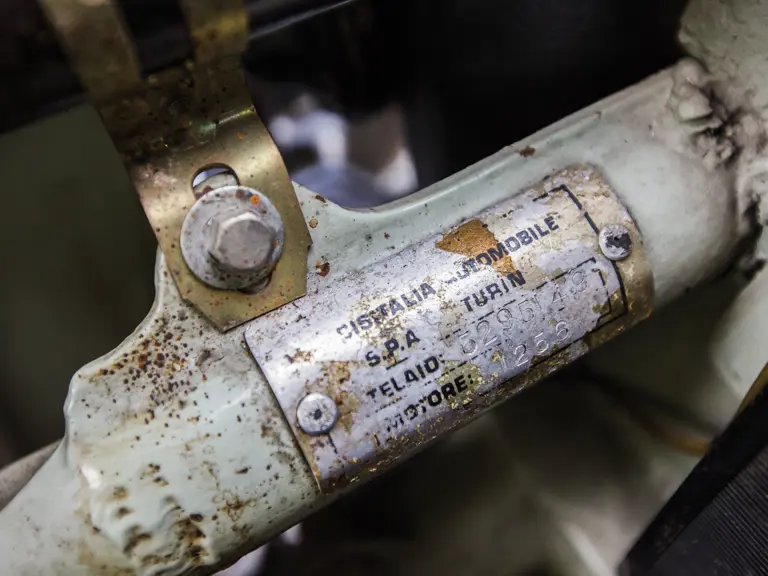
 | Monterey, California
| Monterey, California
